Stuck-at-home consumers were captivated by direct-to-consumer offerings. But as they have returned to shops, many brands have followed
Lockdown was the perfect environment for them to thrive. Consumers were avoiding supermarkets, stuck at home and spending more time online, and seeking some novelty for those endless nights in.
But the pandemic boom for direct-to-consumer fmcg brands is well and truly over.
“The huge behaviour change we saw during the pandemic just hasn’t been permanent in the way people thought,” says Ruth Fittock, marketing director at crisp maker Simply Roasted. “Turns out it wasn’t a ‘new normal’ but a temporary response to some very unique circumstances. As people have gone back into stores, they’ve by and large reverted back to old buying habits.”
So where does that leave the channel that provided the lion’s share of sales for challenger brands through lockdowns? Is DTC-only still a feasible fmcg business model?
The viability of the channel boils down to the lifetime value of a customer, minus the cost of acquiring that customer.
“The logic is valid, but a lot of people fudge the equation by making it seem cheaper to acquire customers and inflating their value – how often they come back and how much they spend,” says Jack Green, co-founder of DTC brand delivery partner Bodo.
“The tricky part with beverage and CPG is that the lifetime value is likely lower because the basket size is lower and it’s a lower value good. And customer acquisition costs have skyrocketed,” he adds.
During the pandemic, DTC players had a captive audience. Screen time surged to a record four hours a day, according to Ofcom – the highest on record. Online shopping surged across all categories, but with supermarket slots in high demand, consumers sought alternatives. Research by the IAB in 2020 found 97% of the UK population were aware of at least one of the 50 largest DTC brands.
From DTC to retail listings
Trip: The once DTC-focused CBD drink brand continues to add value for its direct customers, recently offering free membership to meditation app Calm to all orders. But it is now found in 11,000 stores too, including Sainsbury’s, Boots and Ocado.
Allplants: The vegan ready meal subscription service made its retail debut in November, with listings in Ocado and Planet Organic.
ByRuby: the DTC-born ready meal brand ByRuby secured listings at Waitrose in November – a move that would make its meals more “accessible to a wider market” the company said.
Ad cost hike
But the return to normality has slowed those DTC tailwinds, making customer acquisition harder. Compounding the problem is rising digital advertising costs.
Though advertising costs fluctuate through the year, according to ECI Media, in 2022 the inflation rate of UK media was 4.3%. Online display and video inflation was less than predicted, mainly due to brands reducing investment amid soaring costs elsewhere. Media inflation is expected to be lower this year, 3.8%. But costs are still considerable.
“Certainly, acquisition costs are increasing,” says Fittock. “Facebook ads for example are incredibly challenging now.”
And while there remain limited opportunities for organic social media reach, it still requires energy and effort.
The cost of living crisis isn’t helping either. DTC can rarely compete on price with the mults. Squeezed consumers – as well as rising costs – have been blamed for Farmison’s current and potentially existential woes, as revealed by The Grocer this week (p5).
Increasingly, DTC is a stepping stone to stores rather than an endgame. In its early years, DTC was “key” to growing Fuel10k, says MD Scott Chassels. But as it secured supermarket and online marketplace listings, “our requirement to offer DTC shrunk”.

The company ditched DTC completely in 2021. At the time it represented less than 2% of turnover “and a disproportionate amount of time marketing, resourcing, and supporting the channel” Chassels says. “The maths simply didn’t add up.”
The company is not alone, with most of the original DTC darlings having since aggressively pursued retail listings (see box, left).
And fewer new brands are bothering with DTC at all. According to challenger brand services platform Young Foodies, 68% of the companies it works with have a DTC site. But for brands launched within the past year, only 57% do.
There are, of course, downsides to spurning DTC.
“We miss having the direct relationship with our consumers and being able to offer more bespoke products and services,” says Chassels. “We do stay close to our consumers through our social channels. But it’s not as strong or hands-on as if we were still offering a DTC service.”
For that reason, many brands are sticking with DTC, but it’s now “definitely supplementary” to retailer listings, says Fittock.
“For most fmcg brands I would say traditional retailer listings are still going to deliver the biggest volume opportunities, but that doesn’t mean there isn’t a role for DTC too,” she says. “DTC is great for community building and can be a rich source of insights, which is how we use it.”
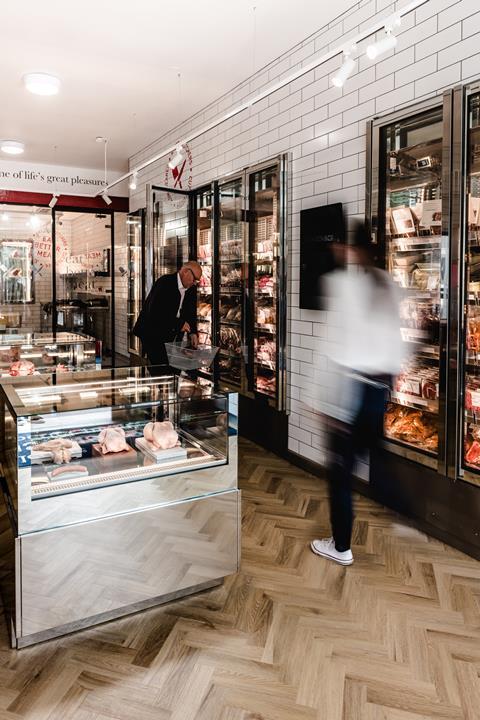
End of the road?
So is DTC dead? “Definitely not,” says Green. “It’s the only channel where you can build an authentic relationship with your customer. It allows brands to understand and engage their audience, reward loyalty and innovate constantly.”
Fittock agrees, to a degree. “Not dead, but I think probably there needs to be a readjustment of expectations. It’s not ‘the future’ either,” she says.
“We still see some nice volume through our DTC channel, even if it hasn’t seen the explosive growth we might have hoped for.”
It certainly still makes sense for established brands. Initiatives like Heinz to Home and Your Coca-Cola provide a great way to test NPD and gather data on brand loyalists. These big brand platforms can afford to run without profit in exchange for customer connections.
And there are some challenger brands still launching DTC, albeit far more cautiously than a couple of years ago.
Viral TikTok cereal brand Crispy Fantasy currently directs its website visitors to buy on Amazon, but it is launching direct sales in the coming weeks.
The move will “ensure availability throughout the UK, so if another video blows up – which I’m sure it will – it’s easy for people to try it” says co-founder Andrea Rodrik.
But the brand has been growing without the channel since it launched in 2021, thanks to sales via Amazon. Only now does it feel ready for a direct-to-consumer move.
“Once we push on the gas we want to be pointing in the right direction,” Rodrik says. “Because DTC can be very costly – you can make a lot of mistakes that can cost you a lot of money.”
Once heralded as the future of food shopping, it would appear supermarkets and online giants will be the engine rooms for distribution for some time yet. “I don’t think there’s any risk of DTC replacing them now,” Fittock says.
DTC is not dead, exactly. But it’s certainly not what it was.







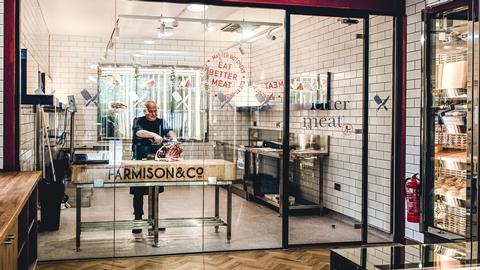
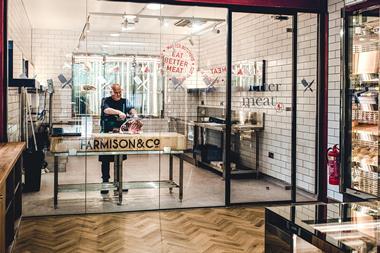
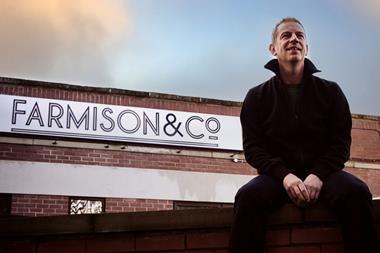

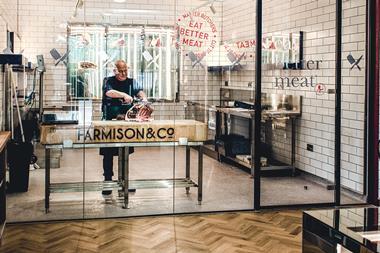
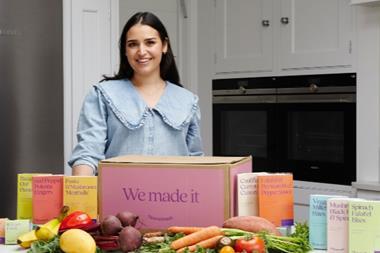







No comments yet